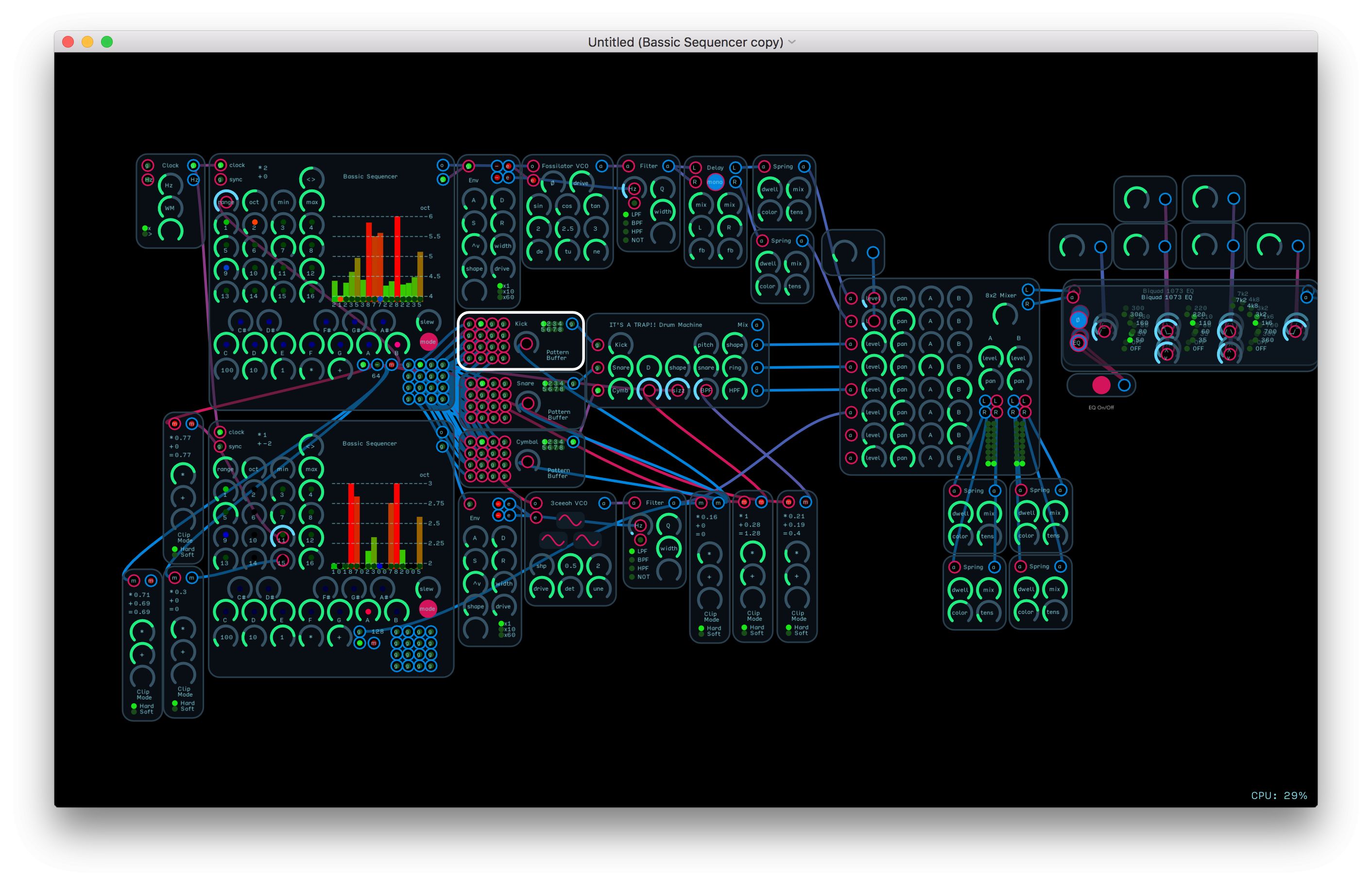

It also means I can be spinning Electro in Traktor with Ableton Link keeping everything in time. Because the iPad is not stable, having my Macbook running Abeton and having the iPad running BM3 means that if the iPad crashes, I can still keep something going on my Macbook. So Beatmaker 3 has itself set up for this.Ībleton Link is also a no brainer, so far as I'm concerned and Cubasis 2 does not have Ableton Link. Also, the potential to preform when you have clips set up is nice. But, coming from Ableton I missed the clip building in session view. I do like the simplicity of Cubasis and the support staff on the forums are good. It's also important if you want one control to fade one channel in while fading another out.In a nutshell, Cubasis is better for audio track sequencing (eg working with live instruments and vocals). This is important if you want a fader to run -inf to 0db, instead of -inf to +6db, for instance. For instance, some apps will allow you to select a MIDI assignment and then specify a min-to-max range, as opposed to the default 0-127. What I can't do is assign the CC# to the on-screen control with MIDI Learn, and then drill in to adjust that assignment. (Perfect, for instance, if you just want to get a control surface dialed in really fast.) That all works great, and will probably serve well 9x out of 10. What I mean is, you can use MIDI learn and MiMix will assign the correct CC# to the on-screen control you've selected. Wait, let me get this straight - once you use the MIDI learn you can't use MIDI CC anymore with Mimix? Sounds more like a bug than a feature omission to me. Quote from: GovernorSilver on November 11, 2014, 11:21:17 AM Weird timing, I was just about to post to this thread. 3 output ports: Main Mix, Left Channel only, Right Channel only ** To use external microphones or guitars You should use a DA Converter which accepts microphone level input or use a separate preamplifier to get line level signals. On older devices such as iPhone 4 where the Camera Connection Kit is not supported only the microphone input will work, thus You can use DMIMixer with limited functionality. * Compatible with iPad2, iPhone4, iPod Touch 4th gen or newer. Use DMIMixer standalone or as an input device in AudiobusĬheck the demo made by thesoundtestroom at Set the levels to clipping volumes go or beyond to achieve distortion Monitor the incoming or outgoing audio signal levels on the built-in VU meters See the incoming or the outgoing audio signals on the built-in oscilloscopes Double-tap on any knob to set to default value Level can be varied between -INF to +12dB Set level and pan for each input channel independently In this case You can still pan, amplify and monitor the input signal.ĭMIMixer supports Audiobus so You can filter or record Your instruments using Your favourite Audiobus enabled apps. Just plug any compatible USB analog-to-digital converter to Your iPhone, iPad or iPod Touch* using the Camera Connection Kit and use its stereo inputs (left and right) as two independent mono inputs and mix two instruments with line level output** into a stereo signal with level control and stereo panning.ĭMIMixer also works with the built-in or plugged-in microphone but in that case both input channels will use the same mono input. Use Your stereo USB AD Converter as a dual mono input and mix the two inputs in stereo. More info is available at the developer's site.Ĭompatible with iPad2 and newer.

#Audulus 3 tutorial ipad 32 bit#
MiMiX uses a 32 bit integer engine so clipping can only occur at the main mix Set the MIDI channel and button behaviour in the System Settingsĭouble-tap on each knob or slider to set its default valueĬheck the saturation indicator for each port to check if the pots power reached 0dBĬheck the clip indicator on the main mix to avoid clipping. Set the MIDI CC parameters of each control via MIDI learn Monitor any port or the main mix on the built-in oscilloscopes and VU metersĬontrol the main mix volume and volume, balance, mute and solo for each port using a MIDI controller or a Core MIDI app Set the panning or balance of each port (selectable) Set the volume level of each input port between -INF and +12dB Set the main mix volume level between -INF and +12dB Mix up to 8 Audiobus enabled apps including the system input or multiple channels of a multi-channel input hardware Looks to be a Good tool for IOS AudioBus Users


 0 kommentar(er)
0 kommentar(er)
